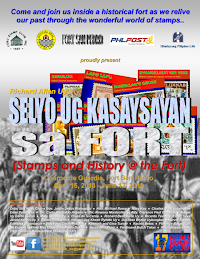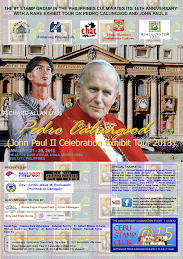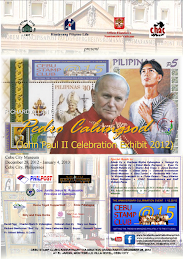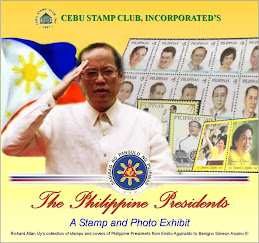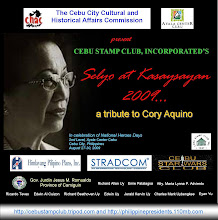Jerald Kervin and I went on with our traditional eight churches visitations (Visita Iglesias) which we always do every Holy Week. We offered our prayers in each place of worship we went.
The first leg started at the Basilica Minore del Sto. Nino then to Cebu Metropolitan Cathedral and Sto. Rosario Parish. We took a break and dropped by Jollibee P. del Rosario beside Sto. Rosario to have our servings of garlic bangus (milk fish) with rice, fries and some soda and ice cream.
Church 1: Basilica Minore del Santo Nino, Cebu City
Church 2: Cebu Metropolitan Cathedral, Cebu City
Church 3: Sto Rosario Parish, Cebu City
Food break @ Jollibee Restaurant P. del Rosario Branch, Cebu City
After the meal we proceeded to Our Lady of
Mt. Carmel Parish, San Nicolas de Tolentino Parish, St. Joseph
Patriarch (Mabolo) Church, National Shrine of St. Joseph Mandaue and
ended at San Roque Parish. It sure was a very blessed and exciting day for us both! To God be the Glory!
Church 4: Our Lady of Mt. Carmel Parish, Cebu City
Church 5: San Nicolas de Tolentino Parish, Cebu City
Church 6: St. Joseph Patriarch Parish, Cebu City
Church 7: National Shrine of St. Joseph, Mandaue City
Church 8: San Roque Parish, Mandaue City
Procession @ San Roque Parish, Mandaue City












































